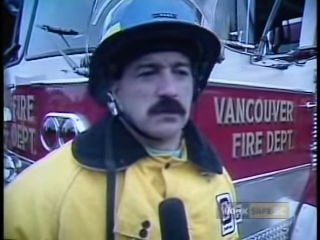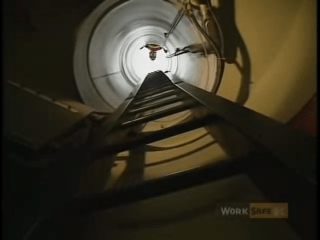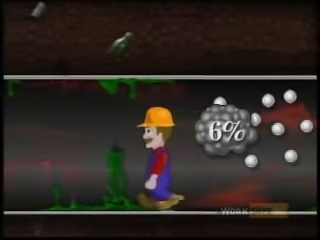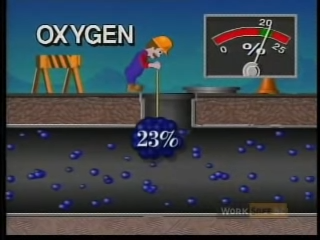
Many people find themselves working in confined spaces every day, whether it be in sewer systems, drains, or other tight spots. These areas come with their own unique risks to life and limb that must be carefully considered in order to avoid disaster.
To this end, the Worker’s Compensation Board of British Columbia, known as WorkSafe BC, produced a video on the dangers of working in these areas. Confined Spaces, Deadly Spaces highlights how these areas can kill, and the right way to work around these hazards.
Things Can Change In Seconds
Warning: The last 90 seconds of this video features flashing graphics that may cause photosensitive seizures.

The video starts as so many safety videos do, by showing a variety of workers blithely ignoring the risks of their occupation. They snidely brag about their ability to respond to danger, and claim that taking precautions is too time consuming to bother with. It’s setting us up to realise that these people are dead wrong, and does so by highlighting several cases that illustrate precisely why.
Actual studies of incidents that lead to loss of life in confined spaces are quoted to indicate the very real dangers at play. There are also simulated scenes of confined space accidents, including a fabricated news report with a mustachioed firefighter lamenting that workers didn’t follow proper procedures. It’s all typical safety video fare, well executed and cleanly produced.
As the video shows, the issues around confined space work are manifold. With poor ventilation, and often underground, they can easily become filled with toxic gases. Two of the most common are hydrogen sulfide and carbon monoxide.
Common Dangers for Utility Workers

Hydrogen sulfide may fill a space due to decomposing biological matter, or leech in from chemical spills or other sources like sewers. It’s highly dangerous, and damages the nervous system most prominently. At low levels, hydrogen sulfide has a strong rotten egg smell, and can cause eye damage and fatigue among other symptoms. At higher levels, it can knock out the olfactory nerve, cutting off the sense of smell. At these elevated concentrations, it can cause collapse and death within seconds.
Carbon monoxide acts as an asphyxiant, bonding more readily with haemoglobin in the blood than oxygen. It can lead to death in even low concentrations, and is a colorless, odorless gas. It’s typically found in confined spaces as the result of incomplete combustion of carbon-based fuels, or as a byproduct of operations like welding.

The video also notes that there are a broad spectrum of risks from other gases, but also from oxygen depletion. Oxygen normally makes up 21% of the air around us, but in confined spaces, this number can be much lower. It can be used up by microbial activity, rusting metals, or other chemical processes, that strip much of the oxygen from the air. As levels decrease, workers can quickly suffer the effects of hypoxia, from confusion and delirium all the way up to death.
Highlighting the range of risks to workers in these situations, the video then aims to indicate the proper procedures to mitigate these problems. Relying on rescue in the event of a problem is right out. Often, death occurs quickly, and attempting rescue often puts the rescuers themselves at risk from whatever incapacitated the first worker themselves.
The Safety Gear
Not to worry, the video does turn its focus to mitigation strategies. Portable gas monitors should be used to carefully check the confined space at multiple levels for safe oxygen concentrations and an absence of toxic gases. This is necessary as different gases may collect at different heights in a space due to their relative weight relative to air. Ventilation should also be used to pump fresh air into a space to further ensure safety. And, in the event that rescue is required, a spotter outside the confined space should call for help, and rescuers should use appropriate apparatus to avoid becoming overcome themselves.

It’s all presented in a very matter-of-fact style that’s clear and easy to understand. It’s also paired with what are, for 1994, innovative graphics akin to the 2D platform games popular in the era. Seeing our intrepid underground worker becoming overwhelmed with green blobs of hydrogen sulfide drives home how quickly things can get out of hand in confined spaces. It’s all wrapped up with a few main dot-points at the end of the video, delivered with flashing graphics clearly designed to wake up bored workers dozing off in a mandatory training session. However, it’s somewhat of a poor choice, as the rapid flashes could cause photosensitive seizures in some viewers.
Overall, despite its age, it’s a great primer on the basic dangers and necessary precautions around working in confined spaces. It’s no substitute for appropriate worksite-specific training, but serves as a good primer for those unfamiliar with the practices involved.
0 Commentaires